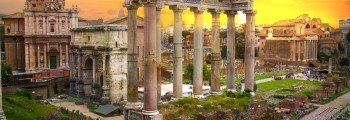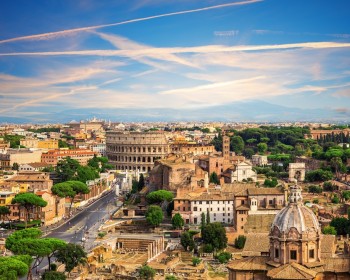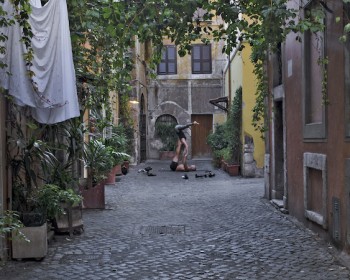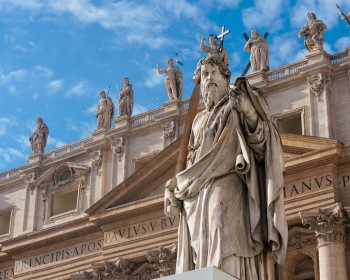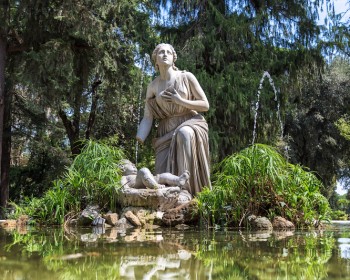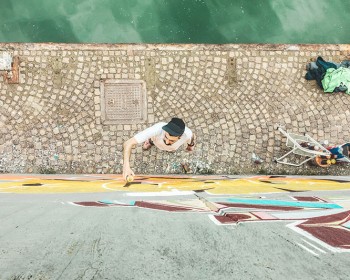Located in Orvieto in the region of Umbria, the Orvieto Cathedral, also known as Santa Maria Assunta Cathedral, is a Roman Catholic church built in honor of the Assumption of the Virgin Mary that dates back to the XIV century.
It was first built in 1290 under the commission of Pope Niccolò IV to create one big Church that would unify two smaller churches located in the city.
Book a visit to Orvieto and explore some of the most important aspects of the Cathedral of Orvieto and its beautiful frescoes!
Some history about the Cathedral of Orvieto
According to popular belief, the Orvieto Cathedral was built in 1290 in honor of the miracle at Bolsena, a closeby town where a priest was witness to the appearance of drops of blood on the Host that he was about to consecrate in 1263.
The Church was built over almost three centuries so its style belongs both to the Romanesque and the Gothic as it evolved throughout the construction.
Since Lorenzo Maitani, one of the architects that worked on the Orvieto Cathedral, was inspired by the Siena Cathedral, this church is also typically classified in a substyle: the Sienese Gothic Style. The Orvieto Cathedral was only completed in 1591.
The façade of the Orvieto Cathedral
Designed by Lorenzo Maitani, the façade of the Orvieto Cathedral is a magnificent work of art from the Late Middle Ages.
First started at the end of the XIII century, the façade is decorated with many bas-reliefs of the Evangelists that are standing on sculpted panels, surrounding the golden frontage, one of the most interesting aspects about this facade. Part of the reliefs and bas-reliefs located on the front of this Church were probably made by Maitani himself. But the rest is part of collective anonymous work that was probably led by at least four different artists with the assistance of their students.
These bas-reliefs figure biblical scenes all the way from the Old to the New Testament.
Beautiful frescoes in the Chapel of San Brizio
The interior of this Church is particularly famous for its stunning frescoes, mainly the ones located in the Chapel of the Madonna di San Brizio.
This chapel was only added to the cathedral in the XV century and it is separated from the rest of the Cathedral by two iron gates.
This chapel was originally called the “New Chapel” and it was dedicated to San Brizio who had evangelized the citizens of Orvieto and used to be the bishop of Spoleto and Foligno.
The decoration of this chapel was first started by Fra Angelico and Benozzo Gozzoli who painted two sections of it (Angels and Prophets and Christ in Judgment).
The work was then commissioned to Perugino but he never actually started so the Pope chose to commission Luca Signorelli in 1499. The work he’s done in this Chapel is considered the most impressive one of his career. Here are some frescoes you can’t miss out on seeing:
- The Preaching of the Antichrist;
- The End of the World;
- The Elect in Paradise;
- The Resurrection of the Flesh;
- The Damned are taken to Hell and received by Demons;
CONCLUSION
Duomo di Orvieto surely is one of the great beauties of the region of Umbria and we highly suggest you take the time to visit it.
If you wish to fully immerse yourself in the experience and get a detailed explanation of this majestic Cathedral, make sure to book a private tour with us!


